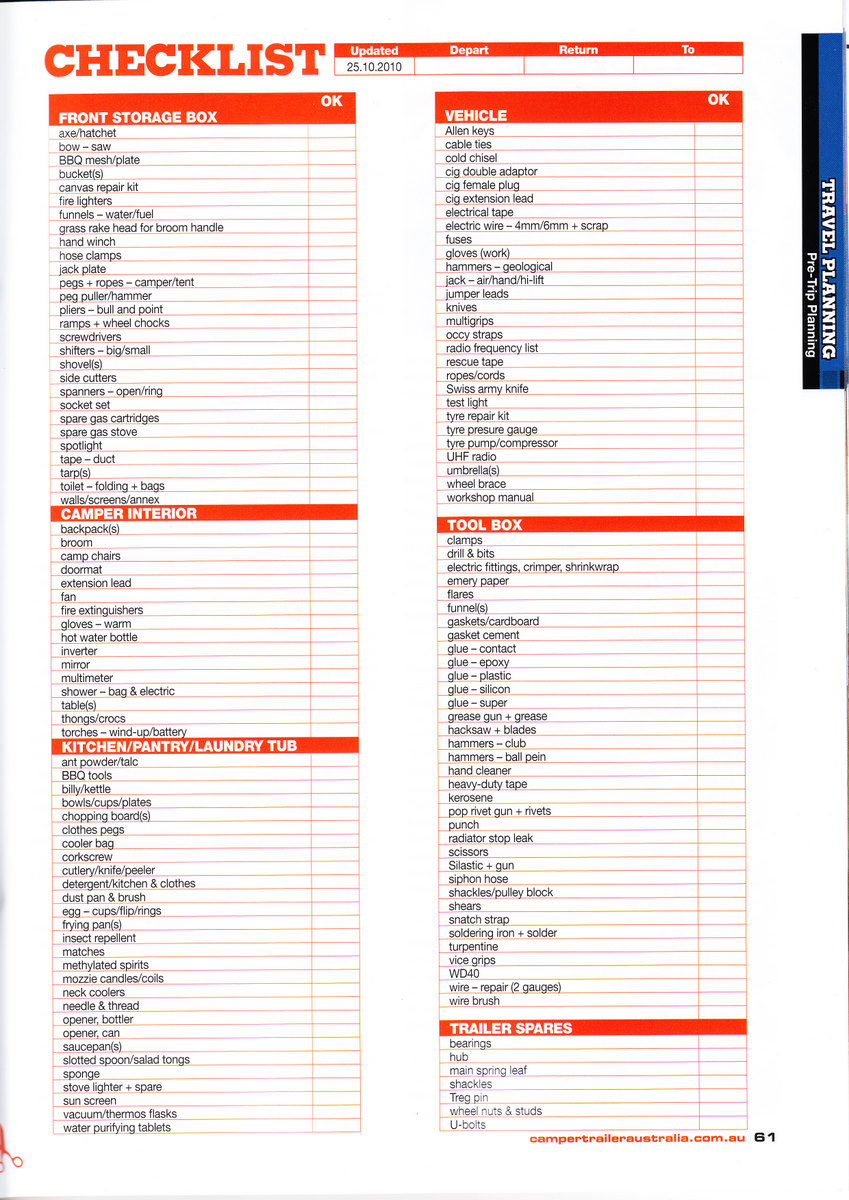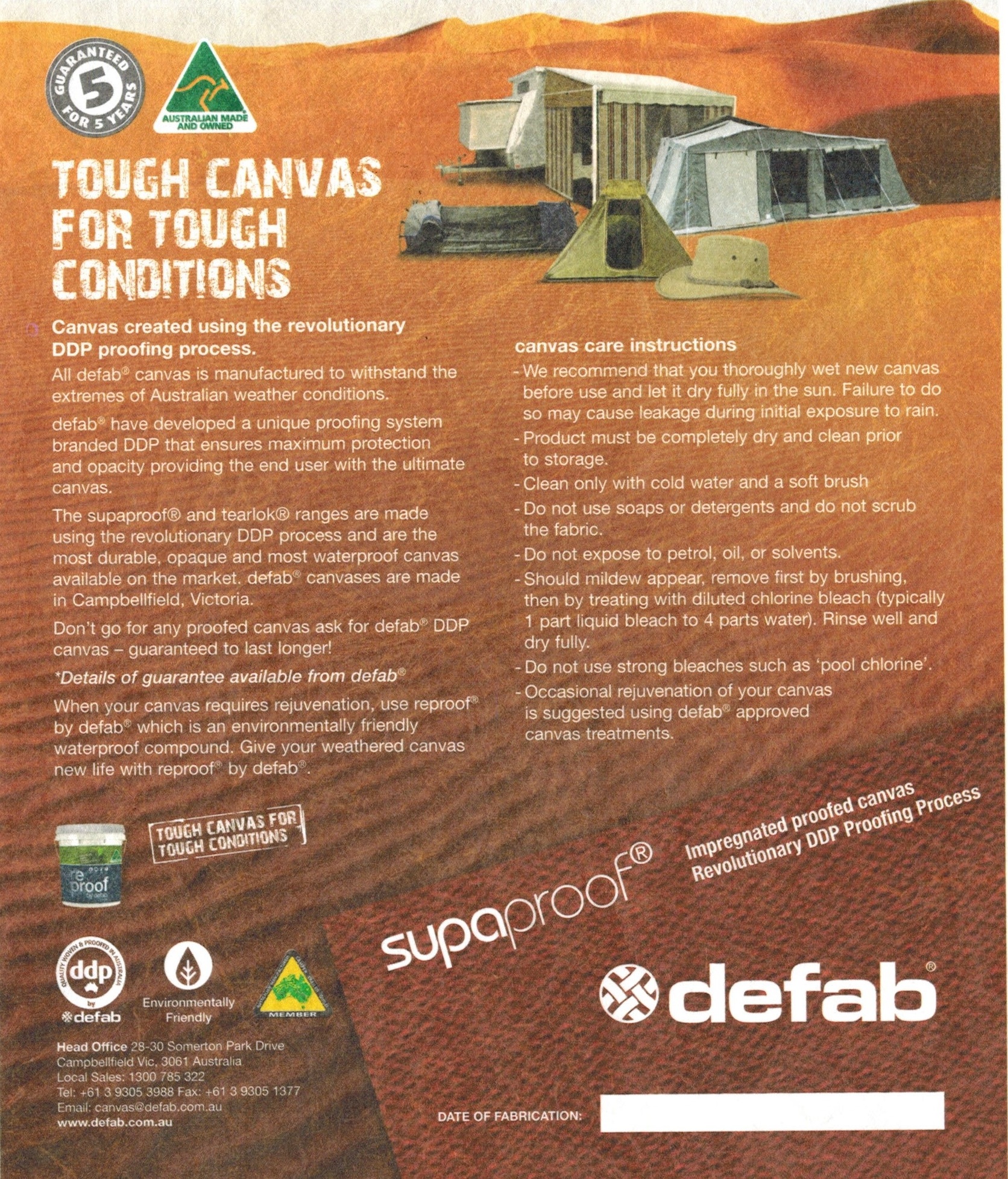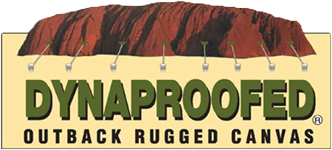
Camping holidays don’t usually require the washing of clothes, or so I thought.
A few days spent in the same flannelette shirt, boardies and/or bikini is what Aussie camping is all about, at least when you’re holidaying on the coast. Head bush and you might throw some hiking boots, thermals and tracksuit pants into the mix. But the idea of camping being anything other than a fun, grubby experience had never entered my mind.
That was until I hitched up my caravan and hit the Pacific Highway for a 12-month trip around Australia.
“I’ll just handwash,” I told myself. But after a few weeks bent awkwardly over laundry tubs in holiday parks I knew it wouldn’t last. I succumbed to dropping gold coins down washing machine slots so I could at least wash the dirt from bedsheets and winter woollies.
But when you’re travelling for a year, whether solo or as a family like me, coughing up $5 every time you want to do a load quickly eats into the budget. After all, that money could be better spent on my tea habit.
So, we did what all creative caravanners learn to do. We improvised. We called into the next Anaconda store we came across and bought a hardy 20-litre plastic tub with lid for $40.

My husband strapped it to the drawbar of our caravan and I filled it with soiled clothing, water and detergent. We let the motion of driving over dirt roads and highways agitate our “washing machine” as we travelled between campsites.
Each time we arrived, the dirty water was tipped out, the clothes rinsed under council or holiday park taps and then sun dried. It’s one of the best camping hacks we’ve learnt and meant the few hundred dollars we saved could go toward more fun — and delicious — holiday endeavours.








